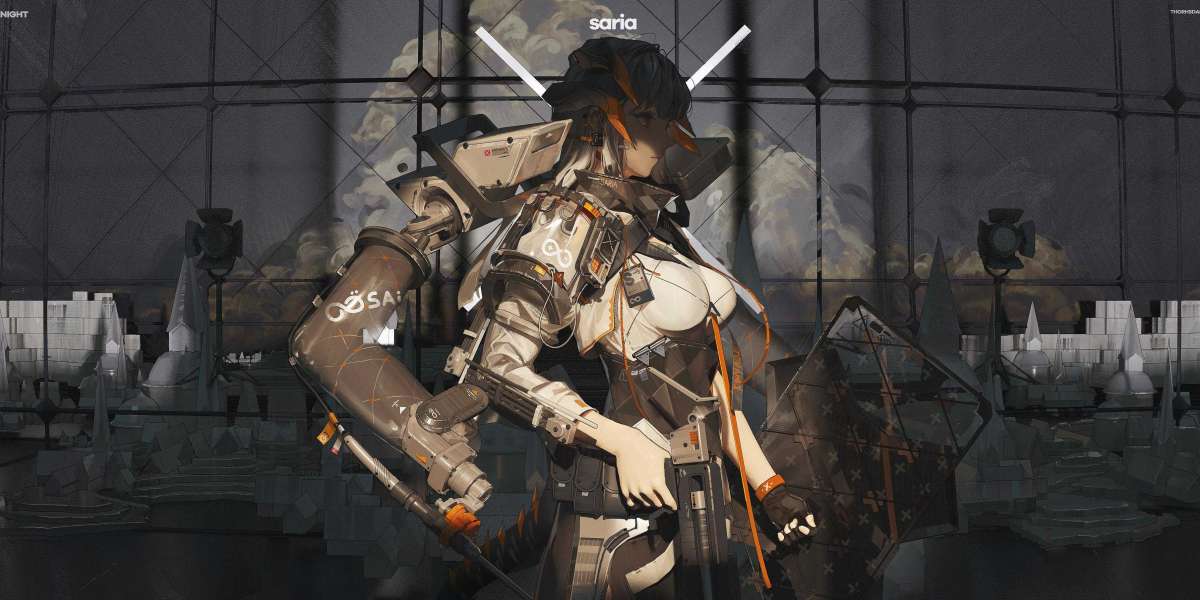Introduction:
In September 2015, one of the most significant events of the decade unfolded in Europe – the refugee crisis. Millions of people were fleeing their war-torn nations in the Middle East and seeking asylum in Europe. This unprecedented mass migration sparked a humanitarian emergency that captivated the world's attention. As their stories hit the headlines, the images of desperate men, women, and children risking their lives to find safety and a better future became synonymous with the unprecedented challenges Europe faced.
Body:
The refugee crisis in 2015 unfolded due to the ongoing conflicts in Syria, Iraq, Afghanistan, and other war-stricken countries. The surge in asylum seekers overwhelmed many European countries, testing their infrastructure, resources, and political unity as never before. Greece, being the nearest gateway to Europe, became the main entry point for refugees crossing the Aegean Sea from Turkey. The influx was so overwhelming that Greece struggled to cope, leading to chaotic and overcrowded reception facilities, inadequate medical care, and limited access to basic necessities.
The situation prompted neighboring countries, such as Hungary, to close their borders, intensifying the plight of those desperately seeking refuge. Moreover, the overwhelmed borderlines within the Schengen Area, a zone allowing free movement between European countries, created divisions and tensions among member states. While some countries, like Germany and Sweden, welcomed refugees and offered shelter, others adopted stricter policies, emphasizing border control and quotas.
The crisis prompted an outpouring of support and solidarity from people around the world. Grassroots organizations, NGOs, and volunteers stepped up to provide food, shelter, and medical aid to refugees. Furthermore, individual citizens and local communities across Europe rallied together, offering their homes and help to those in need.
The response from European governments was mixed. Tensions grew as political leaders debated how to distribute the burden of hosting refugees. Contentious debates arose between countries advocating for collective responsibility and those advocating for more restrictive policies. The crisis also fueled anti-immigrant sentiments and placed a significant strain on the political stability and unity of the European Union.
In September 2015, as the crisis reached a peak, the haunting image of a lifeless Syrian toddler, Alan Kurdi, washed ashore in Turkey, became a symbol of the urgency and tragedy of the refugee crisis. This heart-wrenching photo sparked widespread outrage and spurred politicians, NGOs, and citizens to intensify their efforts to address the humanitarian emergency.
Conclusion:
The refugee crisis of 2015 underscored the urgency of finding a collective and sustainable solution to address the plight of those fleeing war and persecution. It highlighted the importance of compassion, global cooperation, and responsible governance in responding to such a large-scale humanitarian emergency. Although the crisis faded from daily news headlines, its repercussions continue to shape policies and attitudes towards refugees, immigration, and international cooperation to this day.








